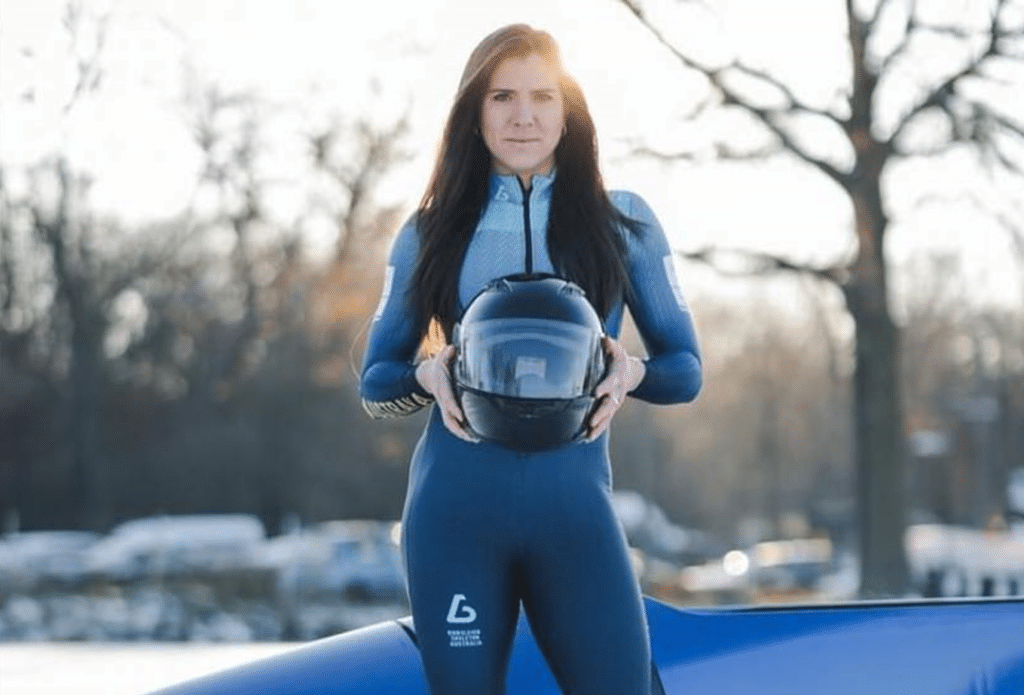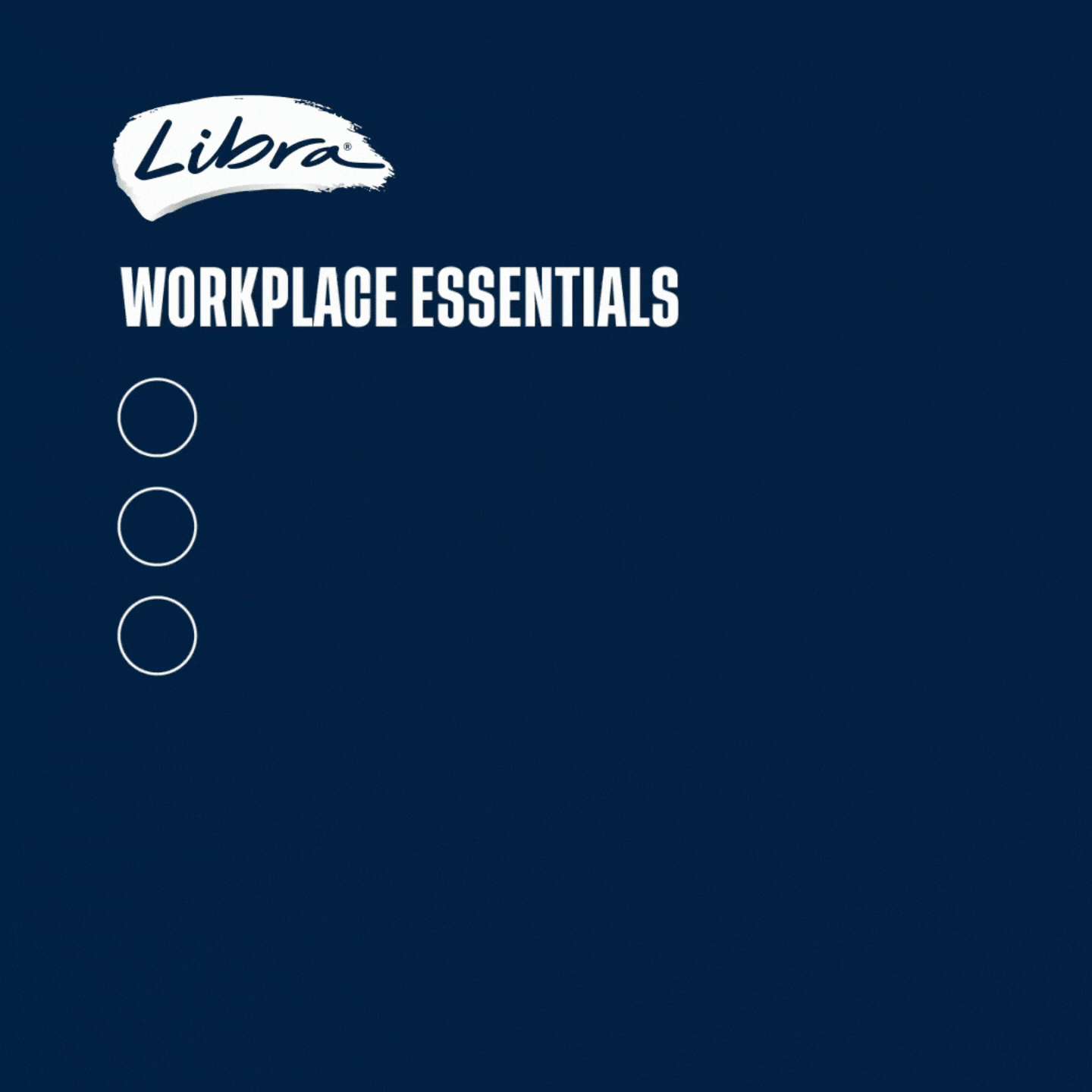When thinking about recent Aussie champion women in sport, most of us could rattle off names like Ash Barty, Emma McKeon or Sam Kerr but one thing these women have in common is that they all compete in Olympic summer sports.
We may be a sunburnt country, but we have a plethora of winter athletes filling podiums across the globe, one of these being Australia’s first-ever bobsleigh World Cup gold medallist, Breeana (Bree) Walker.
Originally a track athlete, a young Walker was inspired by the legendary Cathy Freeman and like her hero, she dreamed of sprinting across the Olympic stage, so how did she end up gliding down the ice at breakneck speeds as the country’s most successful bobsledder?
Signing up with Lilydale and Ranges Little Athletics Club, Walker excelled at both the 100 m hurdles and 400 m sprint.
“Athletics was really fun, but I didn’t take it too seriously, nor did I think I was talented at it at a young age. I was very much doing it for fun,” Walker explained when asked how she became involved in the world of competitive sport.
“I was just one of those girls who couldn’t sit still. I loved sport and running around with the boys at lunch time.”
She had an on again, off again relationship with the track, giving it up before she started high school. This would be a theme that influenced her decision to commit to bobsled.
“I stopped athletics and one of my high school teachers noticed I wasn’t participating anymore, so he held me back after class and asked me why. I told him I just didn’t like it anymore,” Walker shared.
“He said, maybe it was just the environment I was in and invited me to come down to his track club and start running with them again. I did two sessions and I was hooked again.”
She signed up for Doncaster Athletics Club and combined her 100 m hurdles and 400 m sprint skills into the 400 m hurdles under her coach, Tom Kelly.
She became a state champion in her first season of 400m hurdles, earning herself a full track and field scholarship to the University of Arkansas, but it wasn’t quite what she needed.
“I loved the college life, but it didn’t like me as much,” Walker laughed.
“I was getting really fit running long distance, but because of how much time I was spending in the gym, I put on a lot of muscle and became quite slow.
“After a year, I decided to come home, because my purpose for being there was to get faster, but I was getting slower.”
Returning back home to Australia, Walker was mentored by the great Peter Fortune, the very same coach who coached Freeman to greatness.
“Peter was fantastic and so dedicated to helping me get back to where I was, but I think by then, I’d lost that fire for track and field,” Walker admitted.
“Running was all I’d ever really known, so I thought I’d try and stick at it to see if the ‘love’ came back once I was at the level I used to be, but it never did.”
During the Rio 2016 Olympics, Walker heard the story of Kim Brennan, a fellow 400m hurdler whose athletics career came to an end in 2005 after injury. She then turned to rowing where became an Olympic Champion, triple Olympic medallist, two-time World Champion and sixteen-time national champion.
She was also inspired by dual-Olympian, Jana Pittman, who transferred to bobsleigh after retiring from track. Pittman made history in 2014 when she became the first Australian woman to compete in both the Summer and Winter Olympic Games.
“After hearing Kim’s story, I thought to myself, maybe my talents lie elsewhere?” Walker said.
“I had to ask myself the big question, if I was going to compete for Australia in the 400m hurdles, would I be successful, would I challenge for medals? In my heart, the answer was no.
“I had to face reality but I still had the dream and the drive. Jana Pittman was a huge role model of mine, she’d transferred to bobsleigh after retiring from track, so that was where the idea sparked… That, and the movie, Cool Runnings, of course,” she laughed.
Feeling refreshed, Walker started contemplating trading her spikes for sleds. She began researching and found that at the time, Australia had no women’s bobsleigh teams, but opportunity awaited as the PyeongChang 2018 Winter Olympic Games were on the horizon.
“I was young and I still had a lot to give, so I emailed the federation to let them know I wanted to try out and they asked me to come to the talent ID camp,” Walker explained.
“I did all the tests and they said I had great attributes to become a bobsledder and asked if I wanted to learn how to drive a bobsleigh.
“At the time, there was absolutely no funding, so I had one month to raise over $10,000 but I did it in October of 2016 and went over to Whistler in Canada to learn how to drive a bobsleigh and that’s been my life ever since.”
She was unfortunately unable to compete at the PyeongChang 2018 Winter Olympics due to Sliding Sport Australia deciding not to nominate a team, but she did attend as a spectator.
Over the next few years, Walker would become Australia’s most successful bobsledder.
She competed in her first-ever bobsleigh World Cup in 2019 alongside brakewoman, Jamie Scroop, where the pair placed 13th. In 2020 she claimed her first race victory at a World Cup level in Innsbruck, before consistently finding herself in the top 5 in monobob as her experience grew.
Walker finally made her Olympic debut in 2022 at the Beijing Games where she entered ranked fifth in the world. She came fifth in monobob, just 0.43 of a second behind Canadian bronze medallist, Christine de Bruin. This result was Australia’s best-ever Olympic bobsleigh finish.
Alongside Kiara Reddingius, Walker also placed 16th in the two-woman event which was only their fourth race together.
Fast-forward to March of 2024 and Walker claimed Australia’s highest bobsleigh honour, recording the nation’s first-ever World Cup gold medal in Lake Placid, USA. It was her fifth World Cup medal of the season resulting in a career-best end of season ranking of No.2 in the world.
Although acknowledging her coach, Pierre Lueders, her teammates, the Olympic Winter Institute of Australia (OWIA) and the Queensland Academy of Sport (QAS) for their contribution to her success, without her own personal financial sacrifices, it wouldn’t have been possible.
“When I first began the sport, nobody before me had achieved enough success to create a funded program,” Walker explained. “There were no programs set up, there was no coaching and there was absolutely no funding.
“I had to think outside of the box to acquire the things I needed, so I started out using really old sleds, I dressed in op shop snow gear and wore hand-me-down helmets and race suits because we didn’t have any uniforms.”
It wasn’t until monobob was added as a new sport to the winter Olympic roster for Beijing 2022, that Walker was able to secure more funding.
“After the 2018 Olympics, I was lucky enough to receive funding from the OWIA,” she said.
“They saw an opportunity when monobob came to the circuit. I wouldn’t be disadvantaged by equipment as all the monobob sleds are standardised, so they supported me. It meant I could have a uniform and money to put towards purchasing my first sled and sled truck.
“Two years later I was able to hire my first private coach and I started buying runners that were a bit more competitive and that’s when I started winning my first monobob races at World Cup level,” Walker continued.
“Slowly but surely, year after year, the more results I got the higher my funding would increase.
“I’m now at the stage where I’ve hired one of the best bobsleigh coaches in the world, I’m using higher quality equipment and I’m able to support my teammate to come out with me on season. But we are still at a disadvantage when compared to other nations in terms of staff support, equipment and technology,” she said.
“We are the only country regularly in the top 6 who doesn’t have a push coach on track training with them, so trying to find funding so we can afford to have a push coach there with us and purchasing top-level equipment is what we’re searching for.”
Some of the top-level equipment Walker refers to, was a self-funded two-man sled which cost her almost $98,000 (AUD).
She said that although the increased funding has alleviated some of the personal financial pressure, even this year, Walker still had to pay to have her sled shipped to North America which is over $10,000 each way, while also paying for her physio out of her own pocket.
Walker is gracious in acknowledging that bobsleigh isn’t your usual sport and comes at a much higher cost than most, but it does mean she is one of many athletes needing to live on a very tight budget.
“It’s hard, because I feel like a lot of people might see that the funding I receive is quite a lot. But it’s quite a lot in comparisons to like sports where their equipment doesn’t cost 60,000 euros,” she said.
“For me, all the funding I receive goes towards the sport. I don’t keep any of that for savings. I’m living my day-to-day life and offseason on a very, very tight budget.
“I’ve seen the stats that 40 per cent of athletes are living below the poverty line, but it’s out of my own choice. I could get myself a job, but I spend a lot of my days training, recovering and organising my own season or trying to create sponsorship packages,” she continued.
“When you’re at the top level trying to compete against these huge nations who have five coaches on track, push coaches and training facilities on their doorstep, I have to make sure my training is sound. I have to be so committed to my training and my recovery to maximise everything that I possibly can to stay at the top level.
“It’s hard, but to be honest, it means that when I do stand on the podium, my medal is worth way more. I have my whole team on the podium with me and we celebrate so much, no matter if it’s gold, silver or bronze, because as my coach says, ‘any day we’re on the podium is a good day’.
“When we won gold in Lake Placid, there was an eruption of emotion, not just from myself, but from Pierre and Kiara. Results like that just make all the hard work and commitment worth it.”
Walker will next compete in December when the 2024/25 IBSF Bobsleigh World Cup starts again, so follow her journey @bobsleedbree or reach out to sponsor one of our most exciting winter athletes at [email protected].


